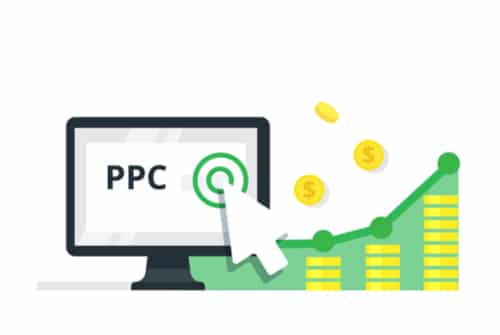Overcoming PPC barriers: low search volume
Sometimes paid search can be simple: cheap clicks, high search volume, and good conversion rates. Other times, not so much: hyper-competitive markets, little or no search volume, and landing pages that you can not understand.
It’s our job as marketers to solve these problems, but sometimes the answers are not so obvious. More specifically, how can we launch a campaign when there is little or no volume of research?
Do we automatically switch to another channel, such as Facebook, where prospecting can sometimes be easier? Are we more confident with display ads? Do we use existing site traffic to run remarketing campaigns?
Here are five tactics to overcome the problems of low search volume and generate more revenue from your paid marketing campaigns.
1. Searching for keywords
This first tactic is both the simplest and sometimes the most complex. Of course, we should do an exhaustive search by keyword. And if you do not have it, start now. But sometimes we can not find as many keywords as by traditional means. That’s when the extraction of your call data comes into play.
Yes, many companies use call records to train their sales teams and monitor customer interactions, but calls can also contain a lot of information about new keywords: What words and phrases do customers use to describe your product or service? Do they mention pain points that you had not thought of before?
This process can be a bit arduous when there are hundreds of calls to pore through, but even going through just 10 calls can provide a wealth of data. However, if you want to make more calls, you can use an AI solution to automatically retrieve phone calls from keyword ideas.
2. Social Promo
According to the vertical, Facebook and other social platforms can be a killer channel to directly generate leads and sales. But for B2B marketers, the role of Facebook can often be somewhat nebulous. The key is to launch campaigns with attractive and useful content that will strengthen the brand image, generate leads on your site and inform prospects of your product and the benefits it offers.
Although social advancement does not translate directly into the volume of research, it does several other things:
1. Complete your retargeting list, which allows you to not only show more display ad impressions, but also use remarketing lists for search-targeted ads (RLSA). More on this later.
2. Generate a top-of-funnel interest in your product, which will eventually turn into some research. Overall, it is a good complementary strategy for any research campaign.
3. Make prospects more likely to convert once they move in the lower part of the funnel. This is crucial: although you can not convert these leads directly now, you can increase the closing rate of those leads later.
3. Expanding the display
Maybe you’ve already started prospecting ads and remarketing, but when you’re looking to compensate for the lack of search volume, you can focus on the display to increase your volume and generate additional leads.
Instead of a broad-based marketing campaign and a single remarketing campaign, segment further based on the information you have available to run hyperspecific ads that will resonate with prospects. For example, segment our remarketing performance by landing pages viewed and display price-specific ads to people who have left our pricing page. Increase the frequency of ads to site visitors who visited the site in the last week; etc.
4. Exploit existing traffic
When you use all the tactics above, even with a low search volume for your target keywords, you will be generating a lot of traffic to your site. This is important because you can leverage this traffic to target new keywords in Google Search. Remarketing lists or remarketing lists for search-targeted ads let you specifically target Google searches by users who have already visited Google.






